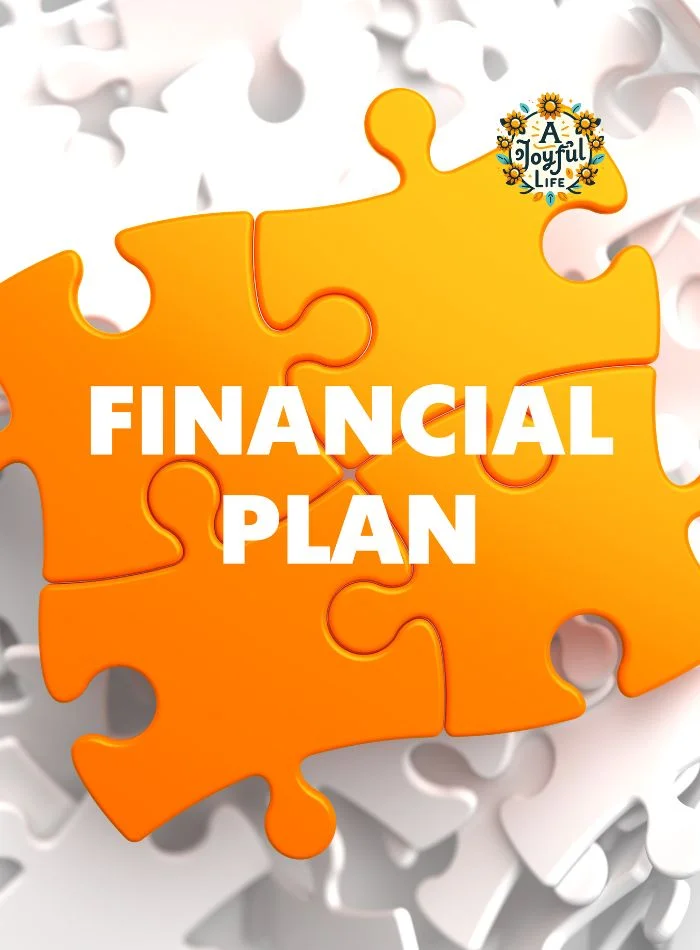Your cart is currently empty!

Creating a Personal Financial Plan That Works for You
Managing personal finances can often feel overwhelming, but having a solid plan in place can help you achieve your financial goals and reduce stress. Whether you’re looking to save for a big purchase, pay off debt, or manage your day-to-day expenses more effectively, a personalized finance plan is essential.
Here’s how to create a personal finance plan that works for you.
Assess Your Current Financial Situation
The first step in creating an effective personal finance plan is understanding where you currently stand. This involves taking a comprehensive look at your income, expenses, debts, and assets.
Here’s how to get started:
Track Your Income and Expenses
Begin by documenting all sources of income, including your salary, bonuses, freelance work, and any other income streams. Next, list all your monthly expenses. This should include fixed costs like rent or mortgage payments, utilities, insurance and variable costs like groceries, entertainment, and dining out.
Tracking your expenses for a month can provide a clear picture of where your money is going and help identify areas where you can cut back.
Evaluate Your Debts and Assets
Make a list of all your debts, including credit card balances, student loans, car loans, and mortgages. Note the interest rates and minimum payments for each debt. Similarly, list your assets, such as savings accounts, retirement accounts, investments, and property.
Understanding your net worth (assets minus liabilities) can give you a snapshot of your financial health.
Set Clear Financial Goals
Setting specific, achievable financial goals is crucial for creating a plan that motivates you and keeps you on track. Goals can be short-term (within a year), medium-term (1-5 years), or long-term (5+ years).
Here are some examples:
- Short-term goals: Building an emergency fund, paying off a small debt, saving for a vacation.
- Medium-term goals: Saving for a down payment on a house, paying off significant student loans, starting a business.
- Long-term goals: Retirement savings, funding your children’s education, achieving financial independence.
When setting goals, use the SMART criteria: Specific, Measurable, Achievable, Relevant, and Time-bound.
For instance, instead of saying, “I want to save money,” a SMART goal would be, “I want to save ₱5,000 for an emergency fund within the next 12 months.”
Create a Budget
A budget is a crucial tool for managing your finances and achieving your goals. It helps you allocate your income towards necessities, savings, and discretionary spending.
Here’s how to create a budget that works:
Prioritize Essential Expenses
Ensure that your budget covers all essential expenses first. This includes housing, utilities, groceries, transportation, insurance, and minimum debt payments. These are non-negotiable expenses that you must cover each month.
Allocate Funds for Savings and Debt Repayment
After covering essential expenses:
- Allocate a portion of your income towards savings and debt repayment.
- Aim to save at least 20% of your income, divided between an emergency fund, retirement savings, and other savings goals.
- If you have high-interest debt, prioritize paying it off to avoid costly interest charges.
Plan for Discretionary Spending
Discretionary spending includes non-essential expenses like dining out, entertainment, and hobbies. While it’s important to enjoy life and treat yourself occasionally, make sure these expenses stay within your financial goals. Setting limits on discretionary spending can help you stay on track.
Implement and Monitor Your Financial Plan
Once you have a budget and financial goals in place, it’s time to put your plan into action. This involves making conscious spending decisions, tracking your progress, and making adjustments as needed.
Use Financial Tools
There are numerous tools available to help you manage your finances. Budgeting apps, expense trackers, and financial planning software can simplify the process and provide valuable insights into your spending habits. Tools like Mint, YNAB (You Need a Budget), and Personal Capital can be particularly helpful.
Review and Adjust Regularly
Your financial situation and goals may change over time, so it’s important to review and adjust your plan regularly. Set aside time each month to review your budget, track your progress toward your goals, and make any necessary adjustments. If you receive a raise, pay off a debt, or experience a significant life change, update your plan accordingly.
Seek Professional Advice if Needed
If you need help figuring out where to start or need help with complex financial decisions, consider seeking advice. A professional can provide personalized guidance, help you create a comprehensive plan, and offer strategies to achieve your goals. Proverbs 15:22 says, “Without counsel, plans fail, but with many advisers, they succeed.”
Creating a personal finance plan takes time and effort, but the benefits are well worth it. By assessing your current situation, setting clear goals, creating a budget, and regularly monitoring your progress, you can take control of your finances and work towards a secure and prosperous future.
For more tips on how to be a good steward of your resources and live a fulfilling life, follow A Joyful Life.


